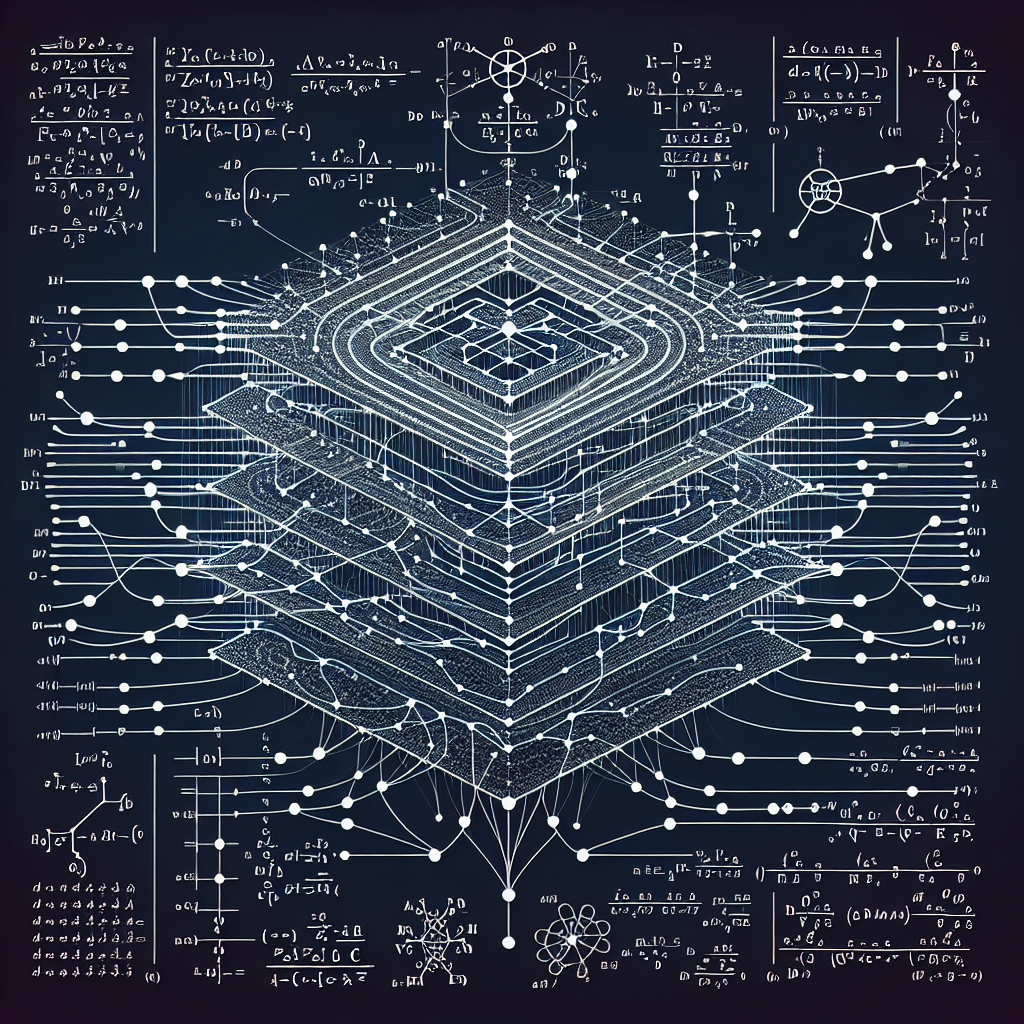Deep neural networks have revolutionized the field of artificial intelligence and machine learning in recent years. These complex algorithms, inspired by the human brain, have shown remarkable capabilities in tasks such as image and speech recognition, natural language processing, and more. In this article, we will take a deep dive into deep neural networks, exploring their architecture, training process, and applications.
Deep neural networks are a type of artificial neural network with multiple layers (hence the term “deep”). Each layer consists of interconnected nodes, or neurons, that perform mathematical operations on input data and pass the results to the next layer. The output of the final layer is the network’s prediction or classification.
The training process of deep neural networks involves feeding large amounts of labeled data into the network and adjusting the weights of the connections between neurons to minimize the error between the predicted and actual outputs. This process, known as backpropagation, uses optimization algorithms such as gradient descent to update the weights in the network.
One of the key challenges in training deep neural networks is the vanishing gradient problem, where the gradients of the loss function become very small as they propagate backwards through the layers. This can slow down or even prevent the network from learning effectively. To address this issue, researchers have developed techniques such as batch normalization and skip connections, which help stabilize the training process and enable deeper networks to be trained.
Deep neural networks have been applied to a wide range of tasks, including image recognition, speech recognition, natural language processing, and more. In image recognition, convolutional neural networks (a type of deep neural network) have achieved state-of-the-art performance on tasks such as object detection and image classification. In natural language processing, recurrent neural networks and transformers have been used to generate text, translate languages, and perform sentiment analysis.
Overall, deep neural networks represent a powerful tool for solving complex problems in artificial intelligence and machine learning. By understanding their architecture, training process, and applications, researchers and practitioners can harness the full potential of these advanced algorithms to drive innovation and discovery in the field.
#Deep #Dive #Deep #Neural #Networks #Technical #Analysis,dnn


Leave a Reply